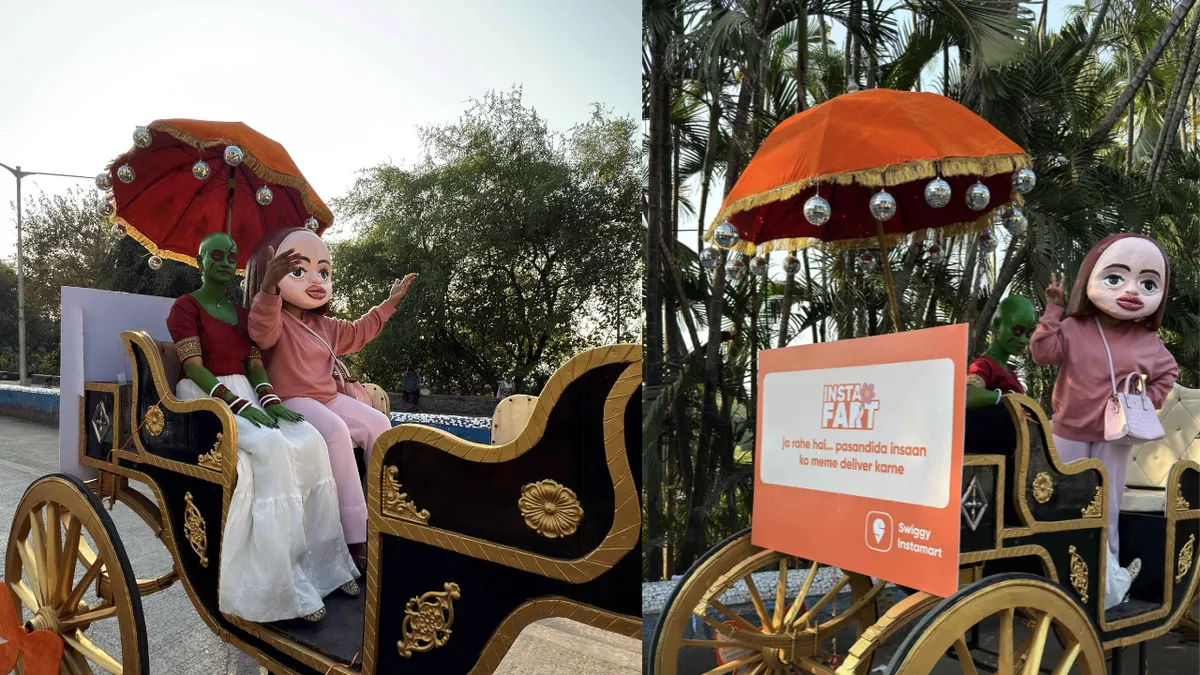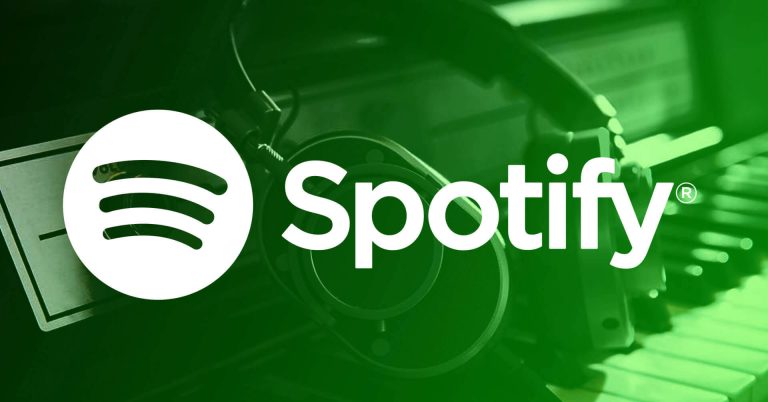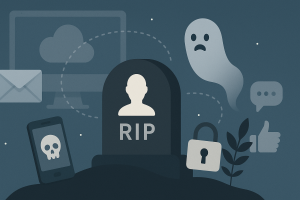Ever laughed at a meme only to realize it’s actually an ad? You’re not alone. In 2025, memes aren’t just for fun—they’re a powerful tool for brands to go viral, connect with audiences, and sell without feeling “salesy.” With short attention spans and social feeds overflowing with content, meme marketing has become one of the smartest ways for brands to stay relevant. But how exactly are brands using memes to boost their visibility? Let’s dive into the world of meme-powered marketing and why it works, with real examples.
1. Memes Speak the Language of the Internet
Memes are fast, funny, and relatable. They spread quickly because they’re easy to understand and share. Brands use memes to tap into trending topics, making their message feel part of the conversation rather than an interruption.
Example: Netflix India is a master at this. They use popular meme formats to promote shows, making the content feel like part of your daily scrolling rather than an ad.

2. Relatability Sells
People buy from brands they relate to. Memes let brands drop the corporate tone and show personality. By using humor and cultural references, companies build emotional connections.
Example: Zomato uses everyday food struggles in India to create memes that feel personal, like being “too lazy to cook” or “when biryani arrives late,” which instantly resonate with their followers.

3. Low Cost, High Engagement
Creating a meme costs almost nothing compared to traditional ads, but the reach can be massive. Meme marketing is cost-effective, especially for startups.
Example: Dunzo, a delivery app, often creates low-budget, high-laugh memes around daily life, driving strong engagement from young urban users without heavy ad spend.
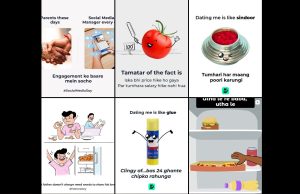
4. Riding the Trend Wave
Brands that stay on top of internet trends win big. Whether it’s a viral template or a current event, brands adapt memes to reflect their product or service.
Example: Swiggy Instamart often jumps on trending topics—like cricket matches or viral TV moments—to create memes that promote quick grocery deliveries while staying culturally relevant.
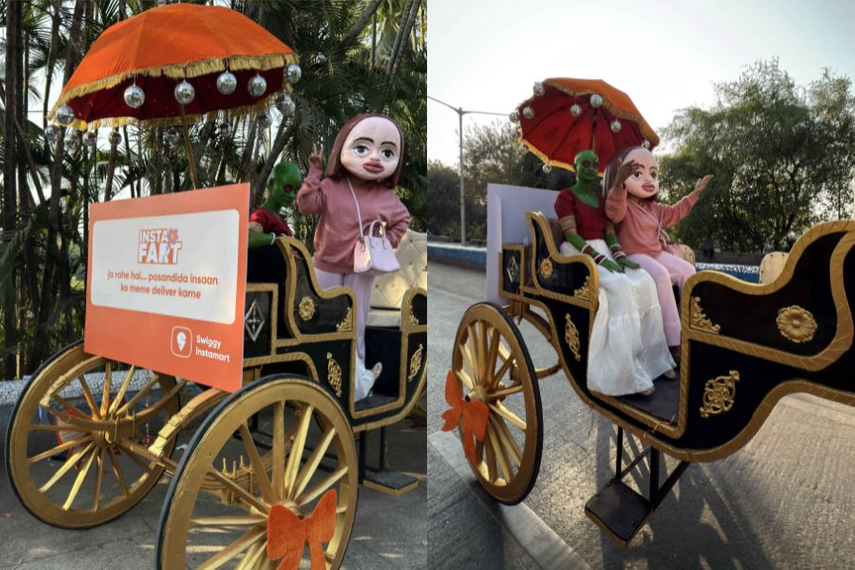
5. User-Generated Memes
Some brands encourage followers to create memes about their products, boosting user engagement and creating a sense of community.
Example: Fevicol once ran a campaign encouraging users to make memes about the “stickiest situations,” cleverly tying into their core product strength and getting fans involved.
6. Memes Build Brand Identity
Consistent meme content shapes how people see a brand. Some brands become known for their humor or bold takes on trends.
Example: Amul has built a legacy of witty, meme-like ads that reflect current events. Though not memes in the traditional sense, their topical humor makes them iconic and instantly recognizable.
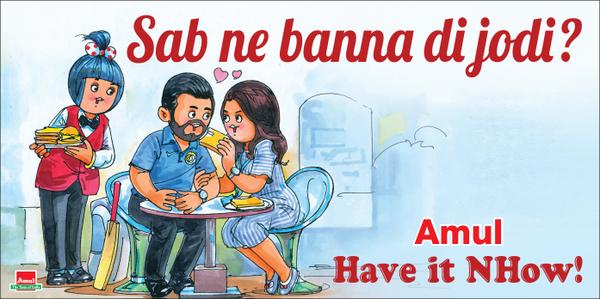
Final Note
Memes are more than just internet jokes—they’re a marketing superpower in today’s digital world. Brands like Netflix India, Zomato, Swiggy Instamart, and Dunzo prove that when you blend humor with smart strategy, you can win hearts, go viral, and stay unforgettable. So, if you’re building a brand in 2025, maybe it’s time to get a little meme-y.
FAQs
Q: Why do memes work so well in marketing?
A: Memes are easy to relate to, quick to consume, and fun to share. They make marketing feel less like selling and more like entertaining.
Q: Are memes suitable for all brands?
A: While most brands can use memes, the tone should fit the audience. For serious industries, a more subtle or clever meme approach works better.
Q: How can a brand avoid meme fails?
A: Stay authentic, avoid controversial topics, and don’t force it. Understand your audience’s humor and test the waters.
Q: Can memes actually drive sales?
A: Yes! While memes build engagement first, they also increase brand awareness, which can translate into customer trust and sales over time.
Q: How often should a brand post memes?
A: Quality over quantity. Posting 1-2 well-timed, relevant memes per week can be more effective than daily forced content.

